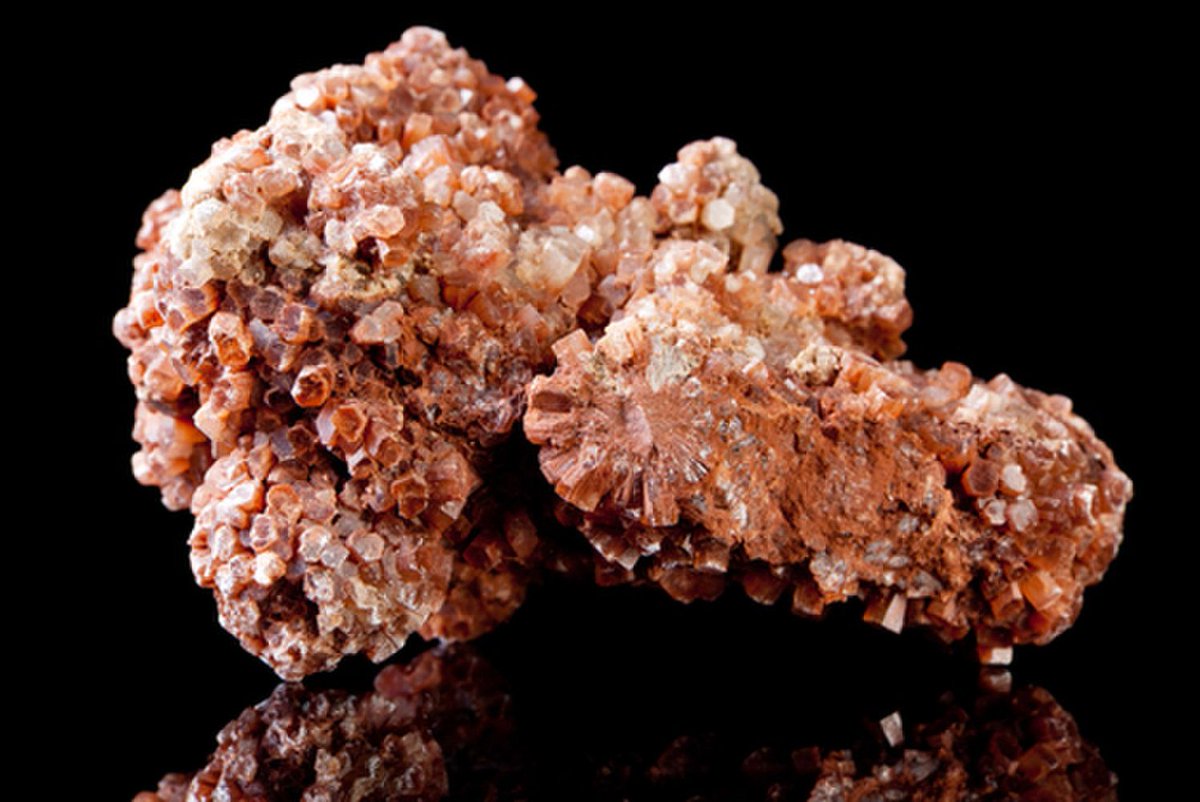Vanadium introduction
Vanadium is a silver-gray metal with a high melting point. Along with niobium, tantalum, tungsten, and molybdenum, vanadium is frequently referred to as a refractory metal. Vanadium is also non-magnetic, malleable, robust, and resistant to sulfuric and hydrochloric acids. Compared to other stainless steels, it is more resistant to corrosion caused by gas, salt, and water.
Vanadium is mostly found in coal, crude petroleum oils, and a number of minerals (including carnotite, vanadinite, and roscoelite). It is practised for profit in a number of nations, including Venezuela, Mexico, China, South Africa, and Russia. In addition, vanadium is present in high concentrations in the bodies of several animals and plants, as well as in some mineral water springs.
Vanadium’s characteristics
This lesser-known metal has qualities that make it particularly desirable in the manufacturing sector, including good structural strength, malleability, ductility, natural resistance to corrosion, and stability against alkalis, acids, and salt water. Additionally, it displays a wide range of vibrant oxidation states. Due to its ability to produce extremely strong and lightweight alloys, it is also known as the plastics of the twenty-first century.
Vanadium uses in the chemical industry
Vanadium has been extensively employed in industry and day-to-day life due to its superior physical and chemical qualities. Vanadium is primarily utilised as a catalyst in the chemical industry to create sulfuric acid and vulcanised rubber. Additionally, it is employed in power plants to reduce nitrous oxide generation.
Some examples of vanadium and its compounds in the chemical industry are:
- Pentoxide and specific vanadates are vanadium compounds that are used as catalysts in the production of sulfuric acid through the contact process.
- They are also used as oxidation catalysts in the synthesis of phthalic and maleic anhydrides, and the production of polyamides like nylon.
- They catalyze the oxidation of organic compounds like ethanol to acetaldehyde, sugar to oxalic acid, and anthracene to anthraquinone.
The principal applications for other chemical vanadium compounds are desiccants, ceramic colourants, developers, and catalysts.
Vanadium products
High-grade vanadium compound materials offer a wide range of applications and have been employed in the creation of numerous innovative goods and technology. The development of the VRFB (vanadium redox flow battery), carbide tools, glass and glaze, and other products are a few of them. Vanadium compound materials have also been used to improve petrochemical and oil refining processes, leading to improved energy efficiency and a decrease in emissions.
Some vanadium products are:
- Vanadium pentoxide (V2O5)
Many industrial chemical processes, including the production of chemical fertilisers and the refining of petroleum, use vanadium pentoxide (V2O5) as a catalyst.
- Vanadium electrolyte
An essential part of VRFBs, a common energy storage technology, is the vanadium electrolyte.
It is a preferred option for military applications due to its electrolyte properties, which allow it to store and release significant amounts of energy.
- NAVO3, KVO3, and NH4VO3
These vanadium compounds are employed in the production of pigments, enamels, and dyes.
They are used in a number of reactions as oxidants and catalysts. Vanadium compounds provide a number of benefits, including stability at high temperatures and corrosion resistance.
References
Britannica, T. Editors of Encyclopaedia (2022, September 27). vanadium. Encyclopedia Britannica. https://www.britannica.com/science/vanadium

